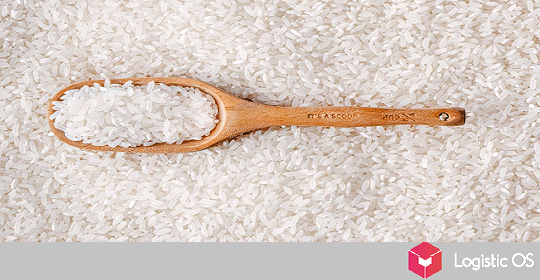A vertical farm is currently being created in the United States, which is planned to be used for growing tomatoes and herbs.
Large American companies are planning to jointly organize the world’s largest vertical farm for indoor agriculture.
This facility will be located in Ohio. It is planned that during the first year of its operation, the farm will be able to generate income of $ 200 million.
The main feature of this farm will be the widespread use of modern technologies in growing plants. In particular, artificial intelligence will help to better plan reserves and distribution of resources, such as water and fertilizer.
Robotization means that a small number of people will work on the farm, since almost all processes, such as watering, will be performed by robots.
It is assumed that thanks to this, it will be possible to achieve higher yields, while costs, on the contrary, will be reduced.
Reducing waste, in addition, will help minimize the negative impact on the environment. This is important for the American companies that are at the origins of this enterprise, since they have been adhering to the environmental trend for many years.
At the same time, experts note that the decision to organize such a farm was a consequence of the increased demand for environmentally friendly products that do not contain pesticides, heavy metals and other substances that can have a negative impact on human health.
It is planned that the new farm will be able to supply its products to about 17 thousand retail outlets located throughout the United States. In particular, the enterprise will be able to supply vegetables, greens and salad mixes.
Experts note that the transition to vertical cultivation of vegetables and other crops in closed spaces can be a good response to climate change, which is currently occurring at a rapid pace and significantly affects many countries around the world.
In addition, the use of such technology significantly reduces the consumption of water, which is currently becoming a scarce resource in a number of countries.
Finally, it does not require large areas of fertile soil, which is also relevant for many countries where sandy or rocky soil predominates.
Therefore, there is every reason to believe that in the coming years, interest in such projects will only grow, and the American experience can be successfully adopted by other countries.

